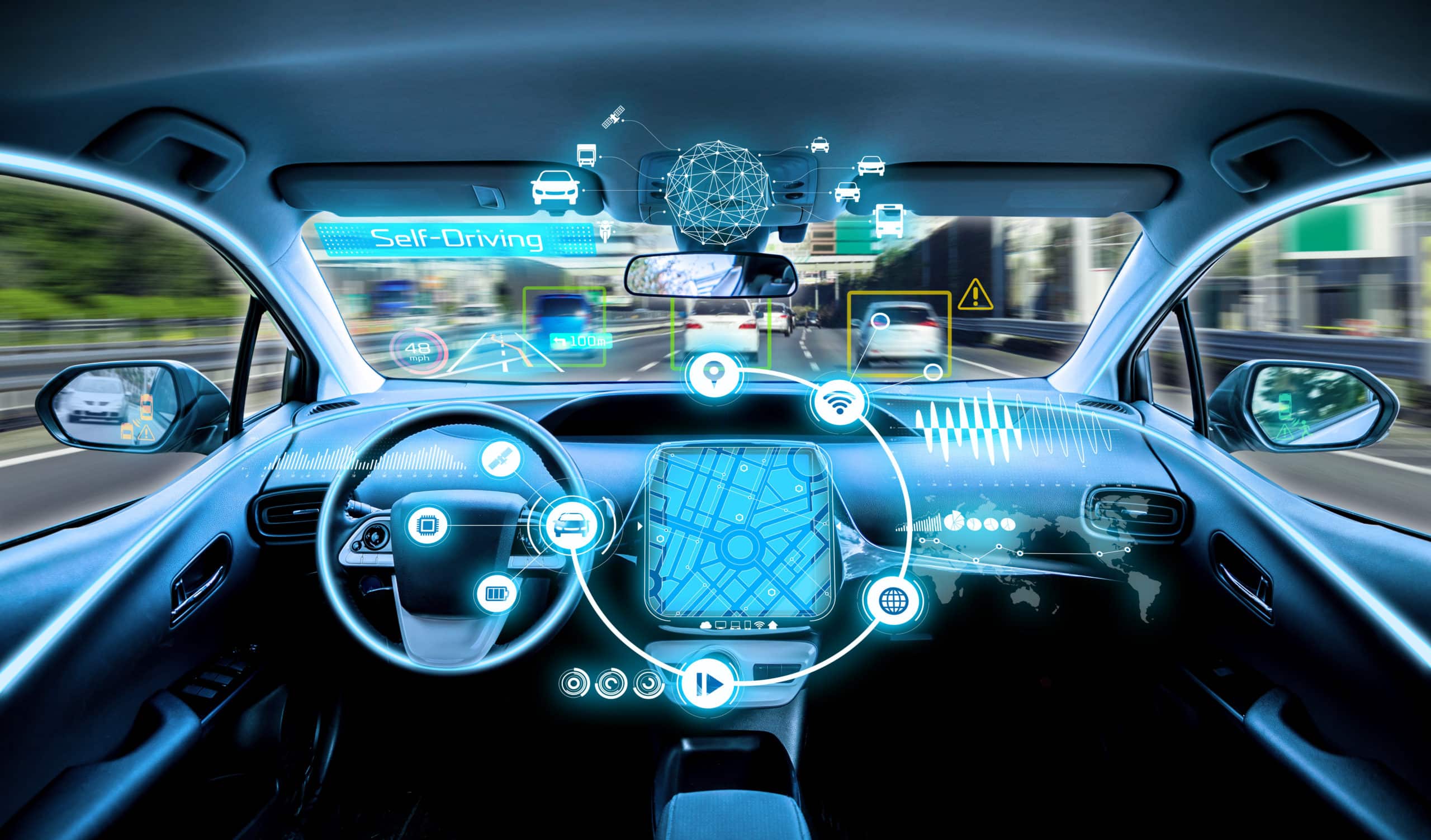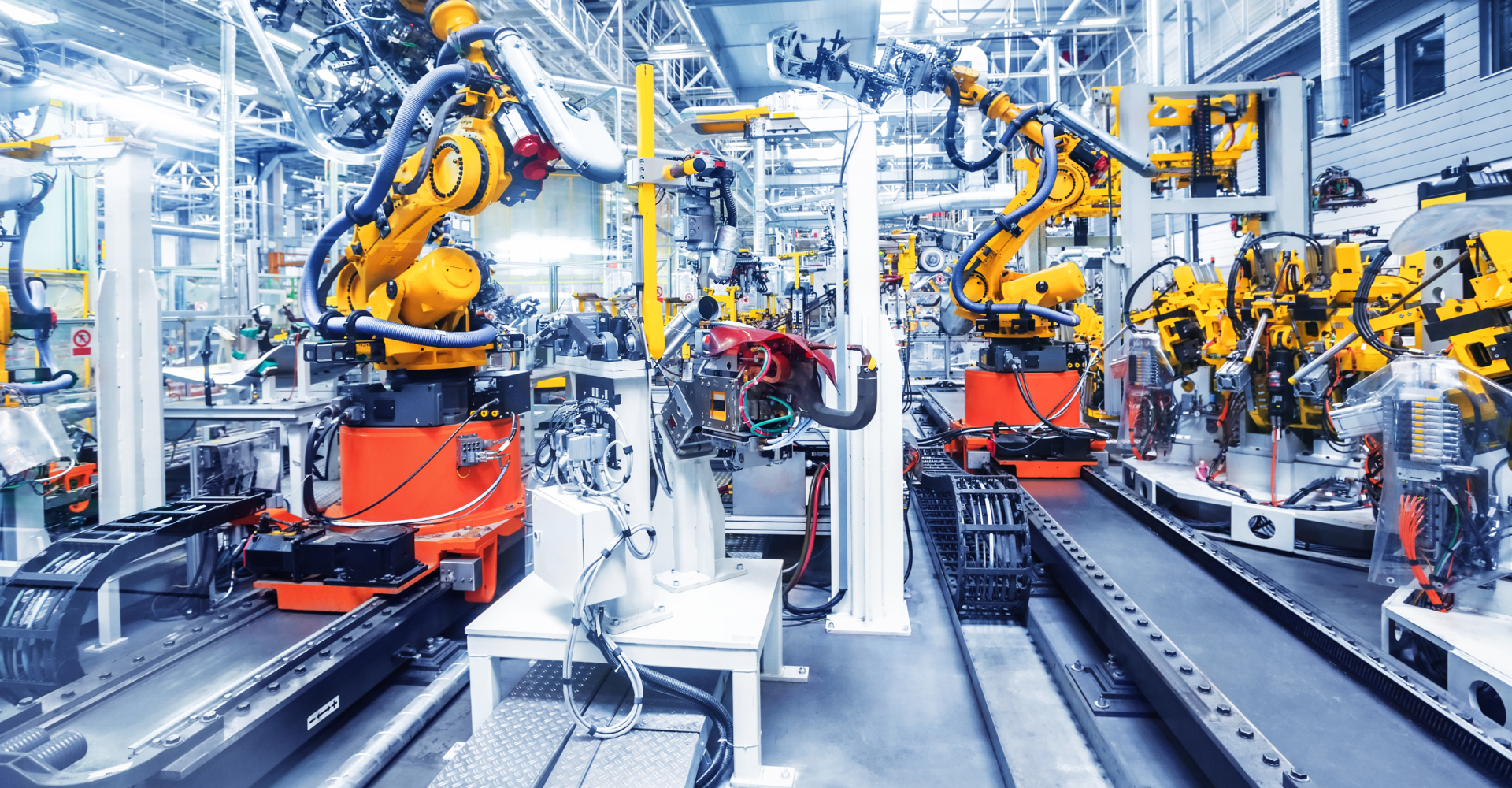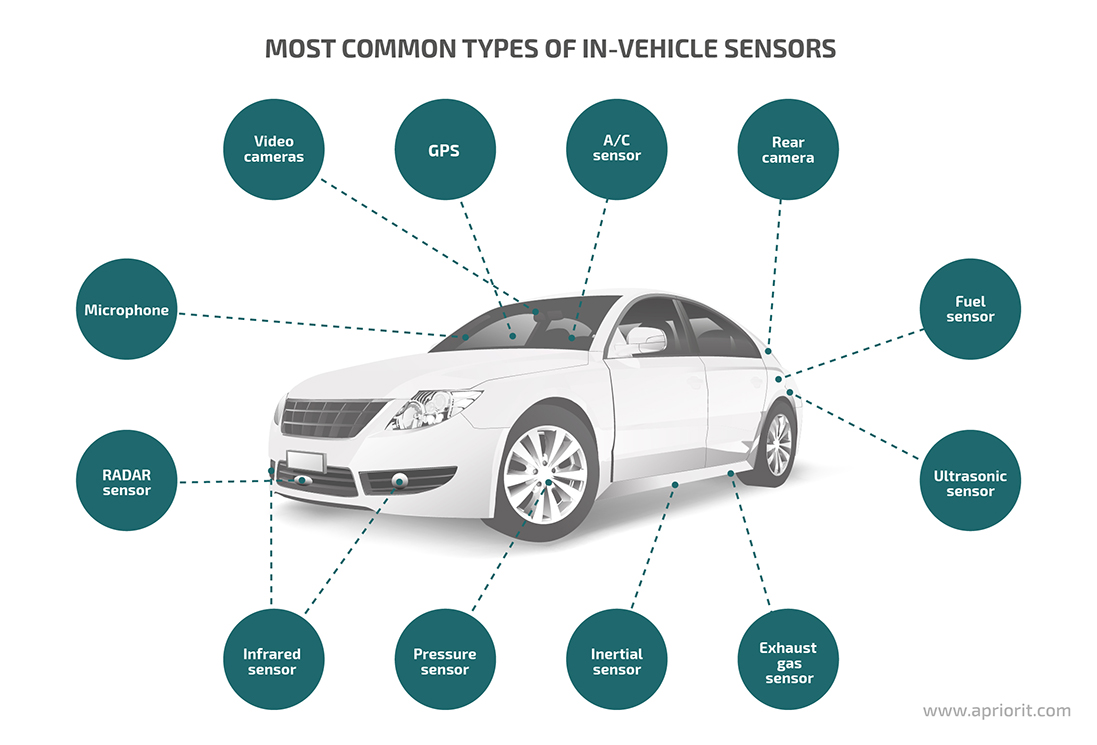
AI is Reinventing the Automobile: A Glimpse into the Future of Transportation
Artificial intelligence is set to redefine the automotive industry, fundamentally altering how we design, manufacture, and interact with vehicles. As we peer into the horizon of 2025 and beyond, we see AI playing a pivotal role, promising advancements in safety, convenience, and personalized experiences for drivers.
The Evolution of Automotive Technology
AI in the automotive realm isn’t a novel concept. Over the past decade, we have witnessed a steady integration of AI into various vehicular features, enhancing both driver experience and safety. By 2025, we can expect this trend to escalate, with AI becoming the backbone of many new innovations that will shape the automotive landscape.
The Rise of Autonomous Vehicles
As we stand on the brink of a new era in transportation, autonomous vehicles are becoming a reality, albeit gradually. Services like Waymo are pioneering driverless rides in select cities such as San Francisco, Los Angeles, and Phoenix. With a few taps on the Waymo One app, passengers can enjoy a driver-free journey in a Jaguar i-Pace, heralding the arrival of a new age of convenience.
 Autonomous vehicles are reshaping urban travel.
Autonomous vehicles are reshaping urban travel.
Although the technology is not without its flaws, Waymo has demonstrated a commendable level of reliability, indicating a promising future for driverless transportation services.
Advanced Driver Assistance Systems: A Step Toward Automation
In addition to fully autonomous driving, AI is significantly enhancing existing driver assistance systems. Recent advancements have made functionalities like adaptive cruise control and lane departure warnings more intuitive and effective. For instance, California and Nevada drivers of the Mercedes-Benz EQS sedan and S-Class can now utilize the automaker’s Drive Pilot system, allowing for hands-free driving under specific conditions, thus reflecting AI’s transformative impact on traditional driving experiences.
The Factory of the Future
The integration of AI also extends beyond the road and into the manufacturing processes of automobiles. Innovations in factory design are on the rise, typified by Hyundai’s Singapore Innovation Center, where the absence of fixed assembly lines facilitates a high degree of automation and flexibility. This approach not only optimizes production efficiency but also enables a level of customization that was previously unattainable, marking a significant shift in automotive manufacturing paradigms.
 Factory automation is key to the future of car manufacturing.
Factory automation is key to the future of car manufacturing.
The Benefits and Challenges of AI in Automotive
While the promises of AI in the automotive sector are enticing — specifically in terms of enhanced safety, convenience, and personalized experiences for drivers — it is imperative to address the accompanying challenges. As we embrace these revolutionary changes, concerns surrounding safety, ethical implications, and data privacy loom large. Governments and regulatory bodies will likely find themselves under pressure to establish stricter safety regulations as the reliance on AI technology in vehicles becomes more widespread. The balance between innovation and regulation will be critical in ensuring that the benefits of AI do not come at an unacceptable cost.
Charting the Course Ahead
As we prepare for this AI-enhanced future, stakeholders in the automotive industry, from manufacturers to tech firms, must collaborate more closely than ever before. This synergy will be essential to tackle the complexities of integrating AI into vehicles while ensuring public safety and fostering consumer confidence. The rise of driverless robotaxis could represent just the beginning of a much larger transformation that could redefine mobility as we know it.
 AI is set to revolutionize the automotive industry.
AI is set to revolutionize the automotive industry.
Conclusion
Looking ahead to 2025 and beyond, the automotive industry stands at a crossroads of innovation and responsibility. While AI offers unparalleled opportunities to enhance our driving experience and improve safety measures, it also requires a concerted effort from all stakeholders to navigate the ethical, safety, and privacy concerns that accompany such significant changes. As we accelerate into this new era, the interplay between technology and ethics will shape the future of our roads and the vehicles that traverse them.















